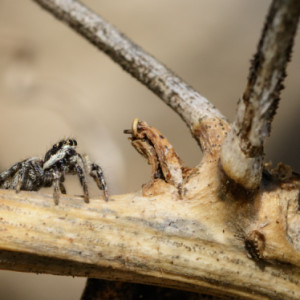Mourning
Firstly I'd like to say a big thank you to everyone who has propelled yesterday's baby badger (Awwww!!) onto the front page of Pops - I'm very happy that you liked him so much.
I find it interesting that although R is always supportive of my photography, and expresses appropriate enthusiasm when I manage to find some exciting bit of wildlife, he's never expressed the slightest desire to come and see an owl or hunt dragonflies in person, let alone spend a couple of tranquil hours in a hide with me waiting for something interesting to happen; but when I arrived home yesterday and said the words "badger cub", his immediate reaction was "WHAT??? Badger cub?! I wish I'd been there!!" So of course, I offered to take him to the site today - only to be told that he had a prior engagement: he was booked to go walking around Draycott Water with a bunch of other old blokes group of former work colleagues, and therefore would not be available to be shown a baby badger by his wife.
Not that I was bitter or anything, but I might have tossed my curls a little and said sniffily that I was going out as well. Actually.
In the event though, what with it having been a fairly full-on week, and me still having approximately a million and three files to process (not to mention some actual proper work to do), I stayed in, thrashed through a bit of useful stuff, and then went on a macro safari around the garden. The mass invertebrate emergence I predicted a couple of weeks ago has very definitely happened in the last few days: there were so many insects flying about that I hardly knew where to point the camera. Luckily though, wandering around a sunny garden with a macro lens, and finding lots of interesting things to point it at, makes me so happy that I'm unruffled by the fact that I've managed to add another couple of hundred files to my processing backlog.
The main image is Melecta albifrons, the Common Mourning-bee (named, I guess, for his black and grey outfit). The females of this species are larger and darker than the males (and uglier, if I'm honest, though he probably won't think so), and lay their eggs in the sealed nest cells of Anthophora plumipes, which they puncture in order to lay, and then seal back up again. The M. albifrons larvae kill the plumpie eggs or larvae, and eat the food the industrious plumpie mothers provided for them. I wish they wouldn't, but there we go: it's nature, and it all balances out. Etc.
I can't resist giving you an extra, but if you're arachnophobic I suggest you don't look at it. When I showed it to R he made an actual Eeeeeuuuurgh noise - which I treated with the contempt I felt it deserved, pointing out to him that this adorable zebra jumping spider (Salticus scenicus) is only about half a centimetre long; for scale, that "branch" on which she's standing is a passion flower stem. These spiders are fast - and of course, they jump - and I'd almost given up hope of ever managing to capture a shot of those gorgeous headlight eyes, so I'm almost unbearably smug about having managed to do it today.


Comments
Sign in or get an account to comment.


